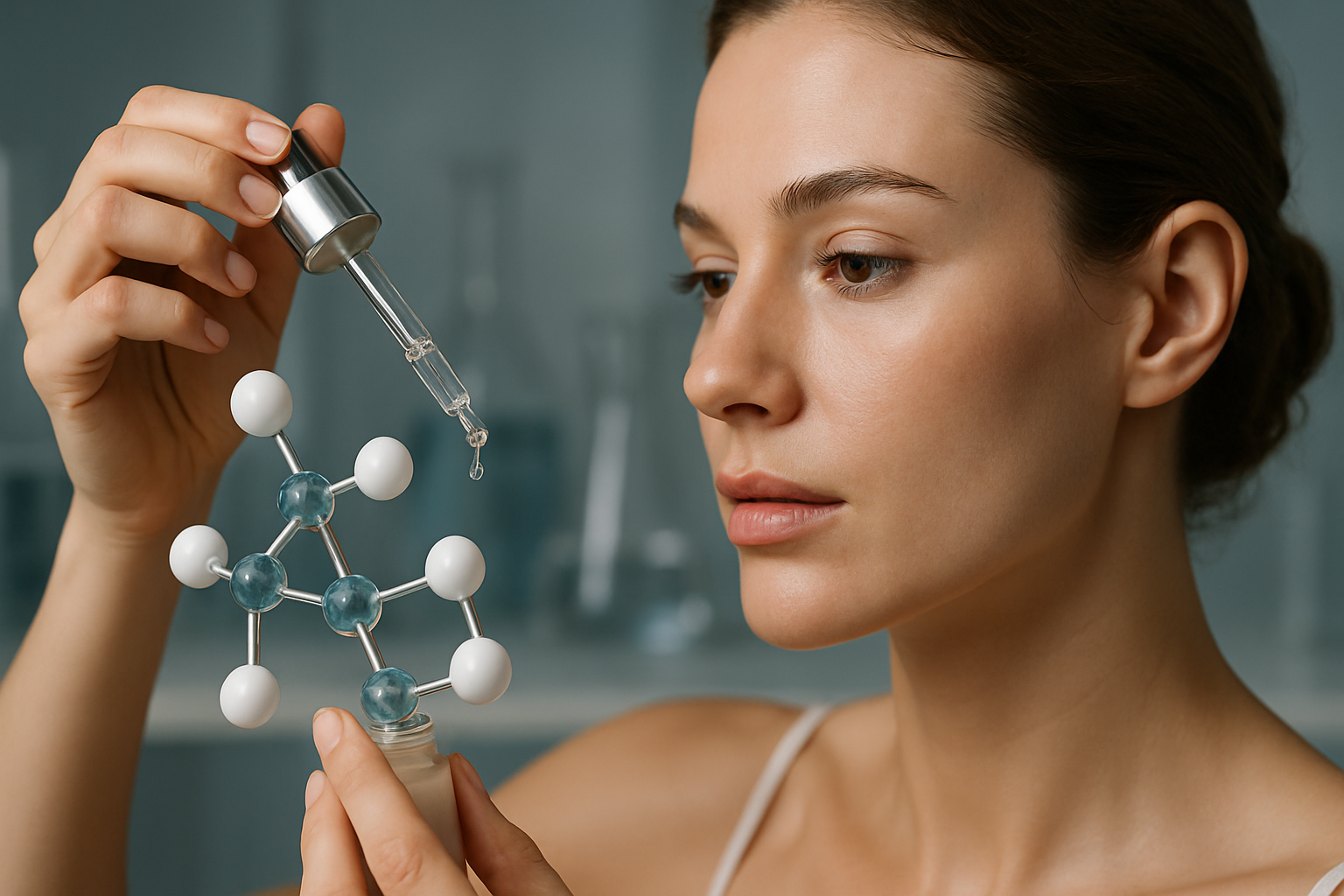Cryotherapy Redefined: The Cold Revolution in Beauty and Fitness
Imagine stepping into a chamber filled with icy mist, your skin tingling as the temperature plummets to a bone-chilling -200°F. This isn't a scene from a sci-fi movie, but rather the cutting-edge world of whole-body cryotherapy. Once reserved for elite athletes, this extreme cold treatment is now making waves in mainstream beauty and fitness circles. As the mist clears, a new frontier in wellness emerges, promising everything from accelerated recovery to enhanced skin radiance. But what's the science behind the shivers, and is the hype truly warranted? Let's dive into the frosty depths of this cool phenomenon and explore how it's reshaping our approach to health and beauty.

The treatment quickly gained traction in Europe, particularly in sports medicine, before making its way to the United States in the early 2000s. Initially embraced by professional athletes and Hollywood celebrities, cryotherapy has since become increasingly accessible to the general public, with dedicated cryotherapy centers popping up in urban areas across the globe.
The Science of the Shiver
The principle behind cryotherapy is simple: expose the body to extreme cold for a short duration to trigger a physiological response. When subjected to temperatures well below freezing, the body enters a state of mild hypothermia. Blood vessels constrict, redirecting blood flow from the extremities to vital organs. This process, known as vasoconstriction, is believed to reduce inflammation and oxidative stress throughout the body.
As the body warms up post-treatment, blood rushes back to the extremities, potentially carrying nutrients and oxygen more efficiently. This process, proponents argue, can lead to improved circulation, reduced muscle soreness, and accelerated recovery from intense physical activity.
Beyond Sports: Cryotherapy’s Beauty Benefits
While cryotherapy’s roots lie in sports medicine, its potential benefits for skin health and overall beauty have catapulted it into the mainstream wellness sphere. The extreme cold is thought to stimulate collagen production, potentially reducing the appearance of fine lines and wrinkles. Some users report a more radiant complexion, attributed to increased blood flow and oxygenation of the skin.
Moreover, the cold exposure may boost metabolism and activate brown fat, the body’s “good” fat that burns calories to generate heat. This has led to interest in cryotherapy as a potential weight management tool, though more research is needed to substantiate these claims.
The Cryotherapy Experience: What to Expect
A typical whole-body cryotherapy session lasts between two to three minutes. Participants enter a cryochamber wearing minimal clothing, often just gloves, socks, and underwear. The chamber is cooled using liquid nitrogen or refrigerated cold air, with temperatures ranging from -200°F to -300°F.
During the session, individuals are encouraged to move around to maintain circulation. Many report a tingling sensation and a rush of endorphins post-treatment, often described as invigorating and energizing. Some centers offer localized cryotherapy treatments targeting specific areas of the body, using handheld devices that deliver a concentrated stream of cold air.
Navigating the Risks and Controversies
Despite its growing popularity, cryotherapy is not without controversy. The FDA has not approved whole-body cryotherapy devices for medical treatment, citing a lack of evidence for many of the purported benefits. Critics argue that the potential risks, including frostbite and hypoxia, outweigh the unproven advantages.
Safety concerns have been raised, particularly after a 2015 incident where a cryotherapy center employee died of asphyxiation after being trapped in a chamber overnight. This tragic event led to increased scrutiny and calls for stricter regulation of cryotherapy facilities.
Moreover, the scientific community remains divided on the efficacy of cryotherapy for many of its claimed benefits. While some studies suggest positive outcomes for muscle recovery and pain management, others find the evidence inconclusive or limited.
The Future of Frost: Innovations in Cryotherapy
As cryotherapy continues to evolve, new applications and technologies are emerging. Cryofacials, which use controlled streams of vaporized liquid nitrogen to target the face, are gaining popularity in high-end spas. These treatments promise to tighten pores, boost collagen production, and create a more youthful appearance.
In the fitness realm, cryotherapy is being integrated into recovery protocols, with some gyms and studios offering sessions as part of their membership packages. Portable cryotherapy devices for at-home use are also hitting the market, though their effectiveness compared to professional-grade equipment remains a topic of debate.
Research into cryotherapy’s potential medical applications continues, with studies exploring its use in treating mood disorders, migraines, and even certain types of cancer. While these applications are still in the experimental stages, they highlight the ongoing interest in harnessing the power of extreme cold for therapeutic purposes.
As we stand on the brink of this cold revolution, it’s clear that cryotherapy is more than just a passing fad. Whether it will become a staple in our beauty and fitness routines or remain a niche treatment for elite athletes and adventurous wellness enthusiasts remains to be seen. What’s certain is that as long as people seek novel ways to enhance their health and appearance, the allure of stepping into that misty chamber of extreme cold will continue to captivate and intrigue.





